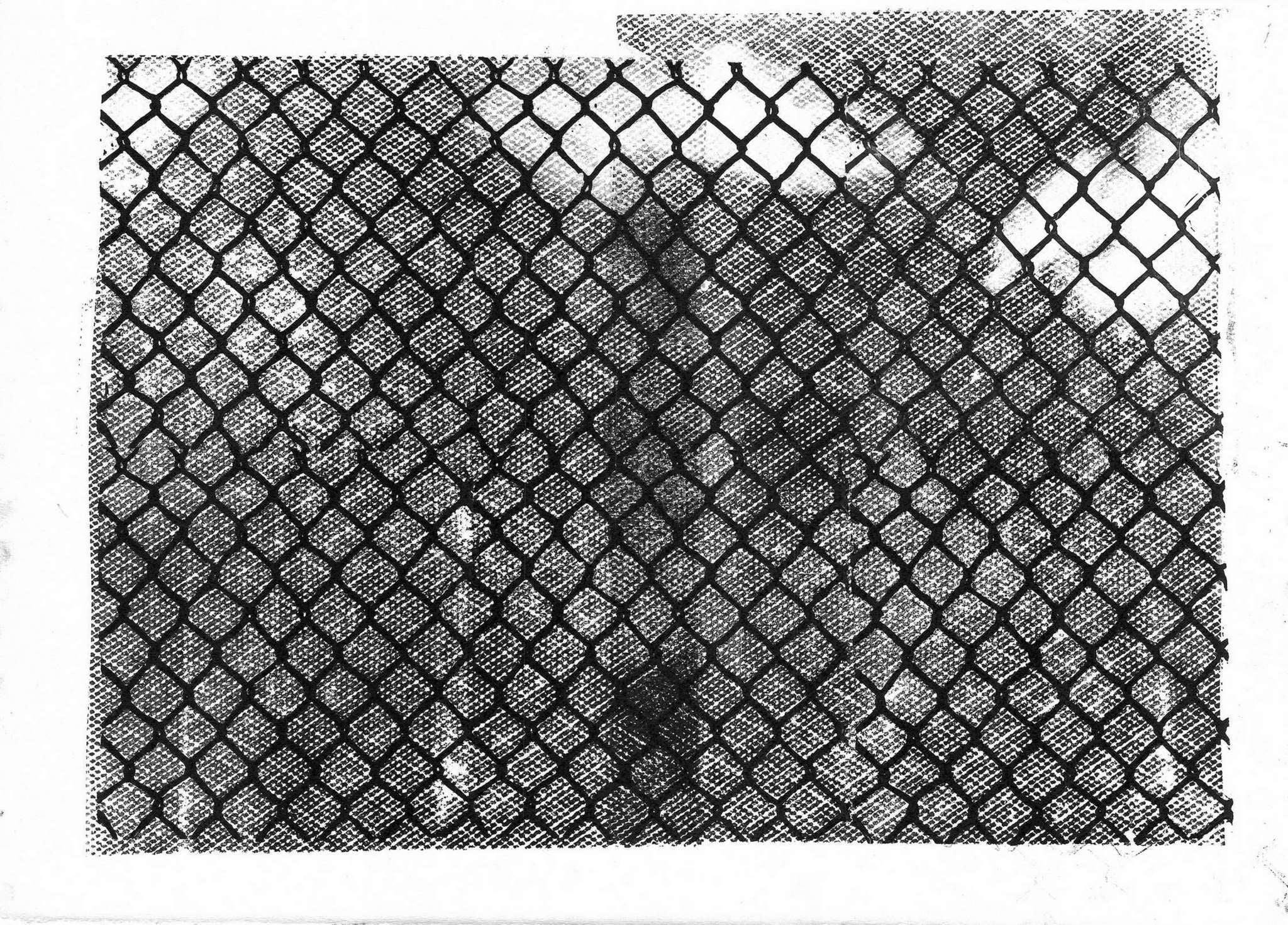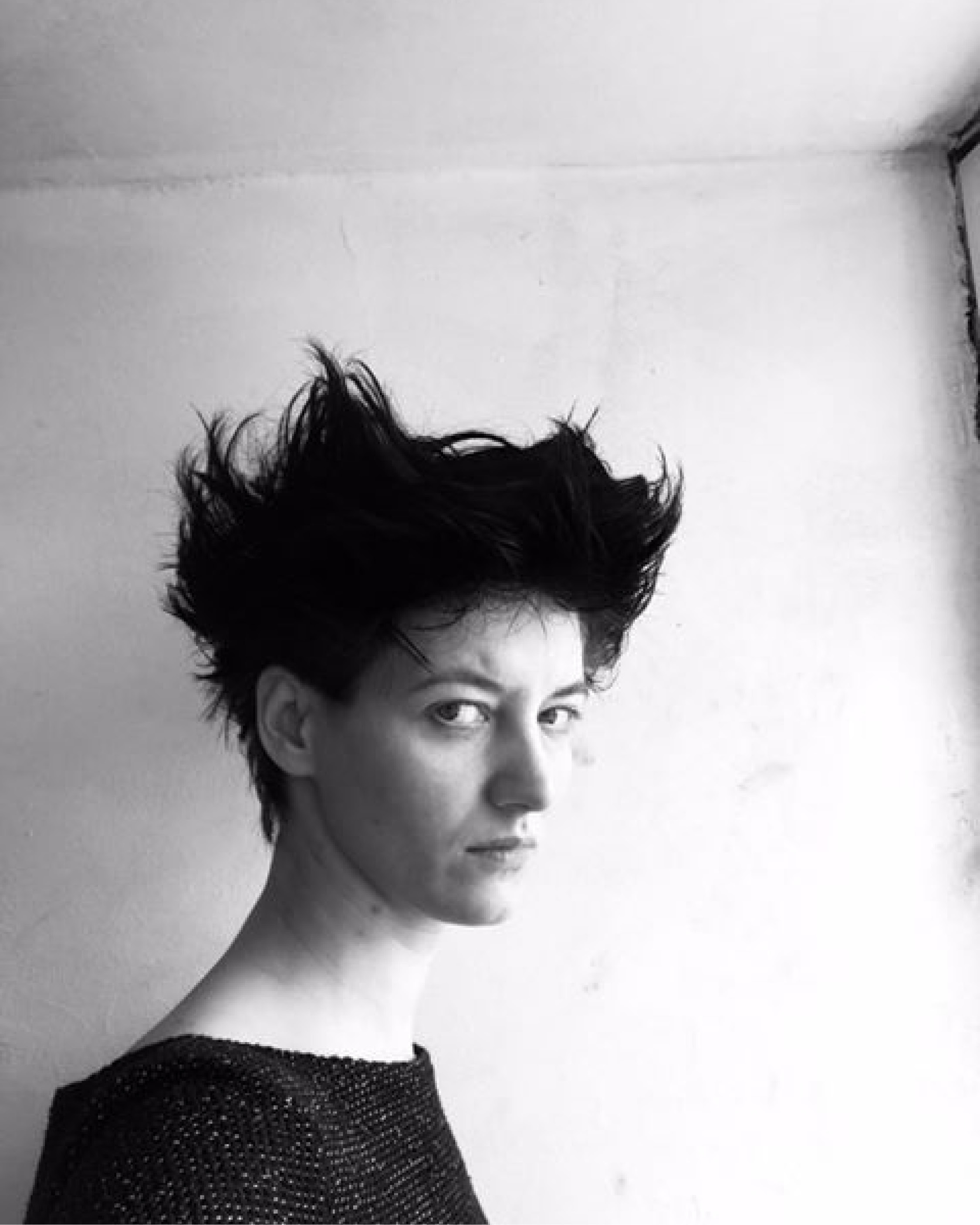Alexandra Gart (born in 1988) is an artist working in various printmaking techniques (monotyping, linocut, drypoint), an author of performances and installations. Born in Saint Petersburg. After graduating from Arts Faculty of The Herzen State Pedagogical University, in 2010-2011 Alexandra had an internship in Saint Petersburg Printing Studio. In 2015-2016 she studied in the ProArte School for Young Artists. Currently she’s the head of printmaking studio NewPrintStudio, where she holds workshops and lectures on hand printmaking. Apart from that, occasionally she performs as a curator of exhibitions and educational programs in the printmaking studio. In her works Alexandra usually tries to leave something unspoken, uncertain. The variety of different procedures together with visual simplicity. Shecares about a certain strictness in choosing image technique, minimum of visible effort. The artist many times expressed the directions of her interests: the synthesis of living and nonliving in the myth space; myth versus logos; the image of Different getting into our reality through the holes in the tissue of existence.

How do you think, what is the magic of printmaking?
Well, first of all, do I think there is any magic in printmaking at all? I had a hashtag in my Instagram #принтмэкингэтомагия (#printmakingismagic), but I can’t say it was serious. As if magic occurs when something unexpected and unpredictable happens, but if you’re a professional, surprises in work are rare. One can do experiments, deliberately disrupt the technology – maybe then something happens. Or maybe not. It’s magic!
How does your graphics emerge? What preparation do you have? Do you first plan the project, or the other way around, first create the works and then combine them into series?
Both. More often, of course, the works combine themselves into something; or the visual images which were planned before but not brought to life suddenly fit into some idea.

In your interview for Wöd you mentioned that you allow multiple interpretations of your works. How often do the experiences of the viewers and your own match? And how often would you like them to?
I can’t say that I care that much about a hypothetical viewer’s perception; the very idea to discuss it with people (which people, who are they, why do they want to tell me what they think about my works ???) – well, the very idea of it makes me panic a little, usually at my exhibitions I hide somewhere or get drunk so fast that later I don’t remember anything. Who said what, how are the viewers, what are they interpreting – it’s their business, really; I’m not going to dictate them what is right and what is wrong. Although at the most recent exhibition we are collecting the visitors’ feedback for the Instagram stories – the result is quite fun. I liked the most the comparison to a cemetery and a movie by Tarkovsky, who I hate by the way.
Tell us about your works with Roland Barthes’s citations. Do they contain any signs and symbols? Do they mean anything?
Oh, I have to see them again first. Good that there’s a hashtag #гартчитаетбарта (#gartreadsbarthes), it’s easy to search. Well, there are just a few images – a lightning and an oval/portal/hatch often occur in my works and for me they mean a lighting (electricity charge) and an oval hole/portal/open hatch – a symbol of danger; the rectangles – well, one is like a white paper sheet or an open window/door, the other one I have no idea what it is. There’s also some broken line – maybe it’s an intermittent heartbeat? But the rectangle is strange, and the hand I copied from a photo, and I think it turned out not very resembling that particular hand of a particular person (even though it was not my goal). In general, it’s difficult to perceive Barthes with a clear head – I mean, when you stop being this in-love subject, he becomes somehow less relevant.

Now you’re a curator in the new Shame project. Tell us more about this project. Why did you decide to become a curator?
I act occasionally as a curator in different projects, but usually it’s so tiring that it drains all my energy, so I have to recover for some years. I work on Shame not alone but with my colleagues Evgeniy Kuzmichev and Alexandra Generalova, and it gives me hope that we will share this pain equally and not die in the end. At some point we realized that we feel great to create ideas together; that in the city there’s not a lot of what we like (everything is annoying to be honest); that the projects we’d like to do, we want to do in a comfort space without any deadlines, any exhibition openings with free alcohol which attract crowds of random people and all that. Also, I really wanted to have some space in Kolomna because I love this area and I want to be there more often. So, we found and rented a space in the end of December 2019; we started happily to plan exhibitions; we wanted to have entrance strictly by one; to not have opening parties; and then 2020 came, which, of course, ruined our plans. First of all, Shame is a space where we can experiment, do some projects for ourselves, check how they work in space – I think it’s necessary both for an artist and a curator.I act occasionally as a curator in different projects, but usually it’s so tiring that it drains all my energy, so I have to recover for some years. I work on Shame not alone but with my colleagues Evgeniy Kuzmichev and Alexandra Generalova, and it gives me hope that we will share this pain equally and not die in the end. At some point we realized that we feel great to create ideas together; that in the city there’s not a lot of what we like (everything is annoying to be honest); that the projects we’d like to do, we want to do in a comfort space without any deadlines, any exhibition openings with free alcohol which attract crowds of random people and all that. Also, I really wanted to have some space in Kolomna because I love this area and I want to be there more often. So, we found and rented a space in the end of December 2019; we started happily to plan exhibitions; we wanted to have entrance strictly by one; to not have opening parties; and then 2020 came, which, of course, ruined our plans. First of all, Shame is a space where we can experiment, do some projects for ourselves, check how they work in space – I think it’s necessary both for an artist and a curator.

Alexandra Gart
Does an artist need to keep a single artistic line to be recognized?
Well, maybe if he/she wants to be recognized.
What advice can you give to young artists?
None.